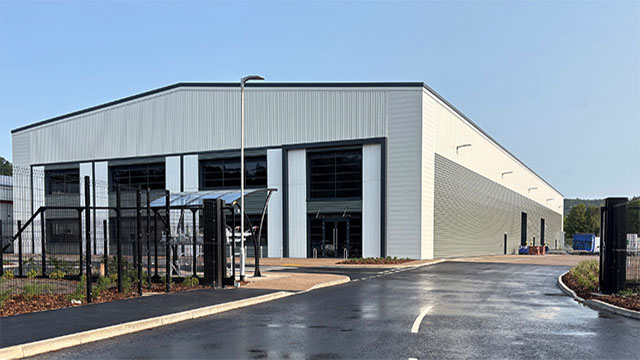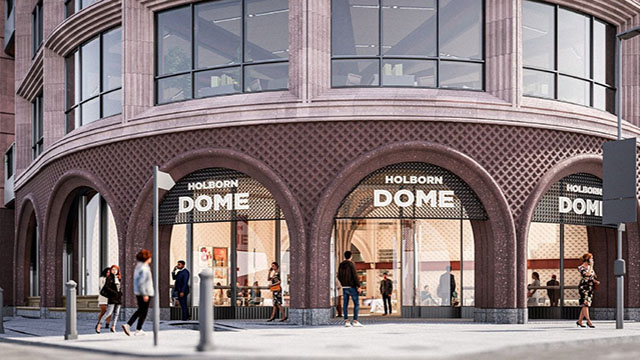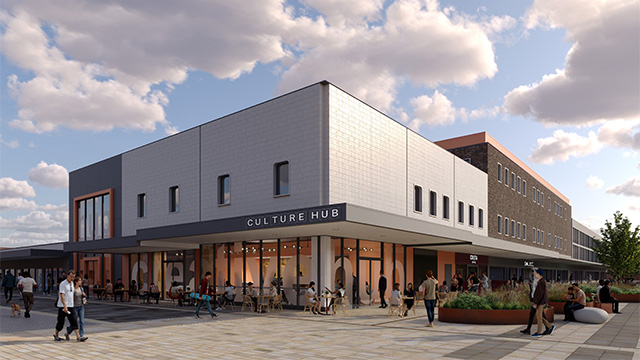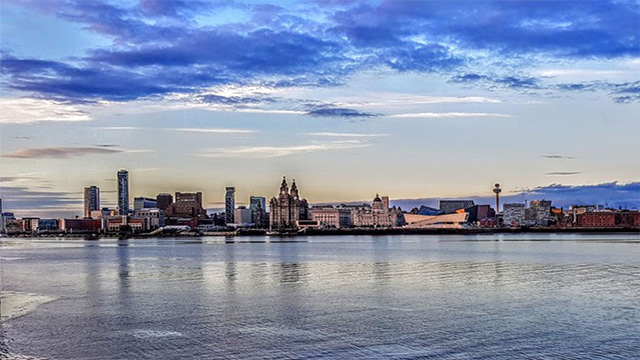COMMENT: It is now almost impossible to walk through London’s busy streets without seeing an advertisement or activation campaign by the likes of Weezy, Zapp, Gorillas, Getir or similar last-mile delivery companies that have popped up over the past 20 months.
With a large weight of VC funding fuelling their expansion drive, the race for space witnessed among these operators has been rapid. Since launching in the UK in January, Getir has taken up more than 100 units across the country, with roughly half of these being in London given the city’s population density and high e-commerce penetration.
Just over a quarter of the UK’s total retail sales are now online, and this is expected to rise to 30% by 2025. A rise in online sales and B2C deliveries, coupled with increasing urban populations, will translate into further requirements for last-mile fulfilment space in urban areas. Our forecasts estimate requirements to total 12m sq ft of last-mile space by 2025. Roughly half of this will be within Greater London.
Demands of delivery
Location is the key consideration for most urban logistics operators, particularly on-demand grocery delivery firms, as the success of these businesses is reliant on being able to reach approximately 100,000 customers within 10 minutes. However, being located within densely populated urban areas comes with challenges, and operators are facing more stringent regulations in terms of traffic movements and vehicle emissions.
With the government pushing to achieve zero-emission status by 2030, several cities have introduced, or plan to introduce, charges for vehicles that do not meet certain emissions criteria. Notably, the expansion of London’s Ultra Low Emission Zone (ULEZ), roll-out of clean air zones (CAZ) and other pollution-reducing schemes in cities across the UK is accelerating, and logistics operators with large delivery vehicles are facing considerable charges. As a result, a growing number of businesses have already changed or are committing to transition their delivery fleets, including Ocado, Tesco, John Lewis, Hermes, DHL and Nestlé.
London’s expanded ULEZ scheme, which came into effect on 25 October, is having a significant impact on businesses with a client base located within the zone that still relies on larger vehicles. Approximately 61.5m sq ft of industrial space falls within this area, forcing occupiers to adapt their fleet and delivery networks to operate efficiently and competitively. The requirement to upgrade fleet vehicles or face paying the charge could mean some SMEs and heavy industry operations are no longer able to afford to operate within the ULEZ, and may look to relocate outside of inner London.
At the same time, customers are demanding ever faster delivery times and the ability to select delivery windows, and this is resulting in companies adjusting their operating networks – away from a few large-scale units to more numerous, smaller units. However, units now also need to offer amenities such as cargo bike parking and EV charging points, which is changing fit-out requirements.
Other cities are also introducing emissions regulations. Manchester’s Class C CAZ will come into effect in May and include most of Greater Manchester’s local roads. Bristol’s Class D CAZ takes effect next summer, covering the entire city centre. Sheffield’s Class C CAZ is also expected to come into effect next year, and Cardiff will soon detail its measures to combat air pollution as well.
Consolidation centres
It is likely that the introduction of clean air zones will increase the need for consolidation centres located outside of the marked area, to reduce traffic movements and heavy vehicles within the zone. This is already happening in London, with the Crown Estate Regent Street Consolidation Centre in Enfield being used by more than 20 retailers to consolidate orders and minimise traffic movements, emissions and costs associated with transporting goods into Central London. As a result, vehicle movements in the West End have also been reduced by up to 85%.
Greener fleet vehicles are driving demand for alternative fuels, and hence Gasrec recently appointed Knight Frank to accelerate site acquisitions across the UK for biomethane fuelling stations. This sustainable alternative to natural gas will allow retailers and logistics businesses to reduce vehicle emissions by up to 95% and continue operating within urban locations.
Forward-looking operators are discovering that the transition towards sustainable delivery models is offering competitive advantages, with traffic congestion in city centres meaning that bicycles, e-bikes or mopeds are a faster delivery option compared with vans.
Green delivery firms are setting up to take advantage of the need to operate low emissions fleets, and are winning contracts from retailers and partnering with parcel carrier firms to meet the growing need for green fulfilment in urban areas.
Claire Williams is industrial research lead at Knight Frank











